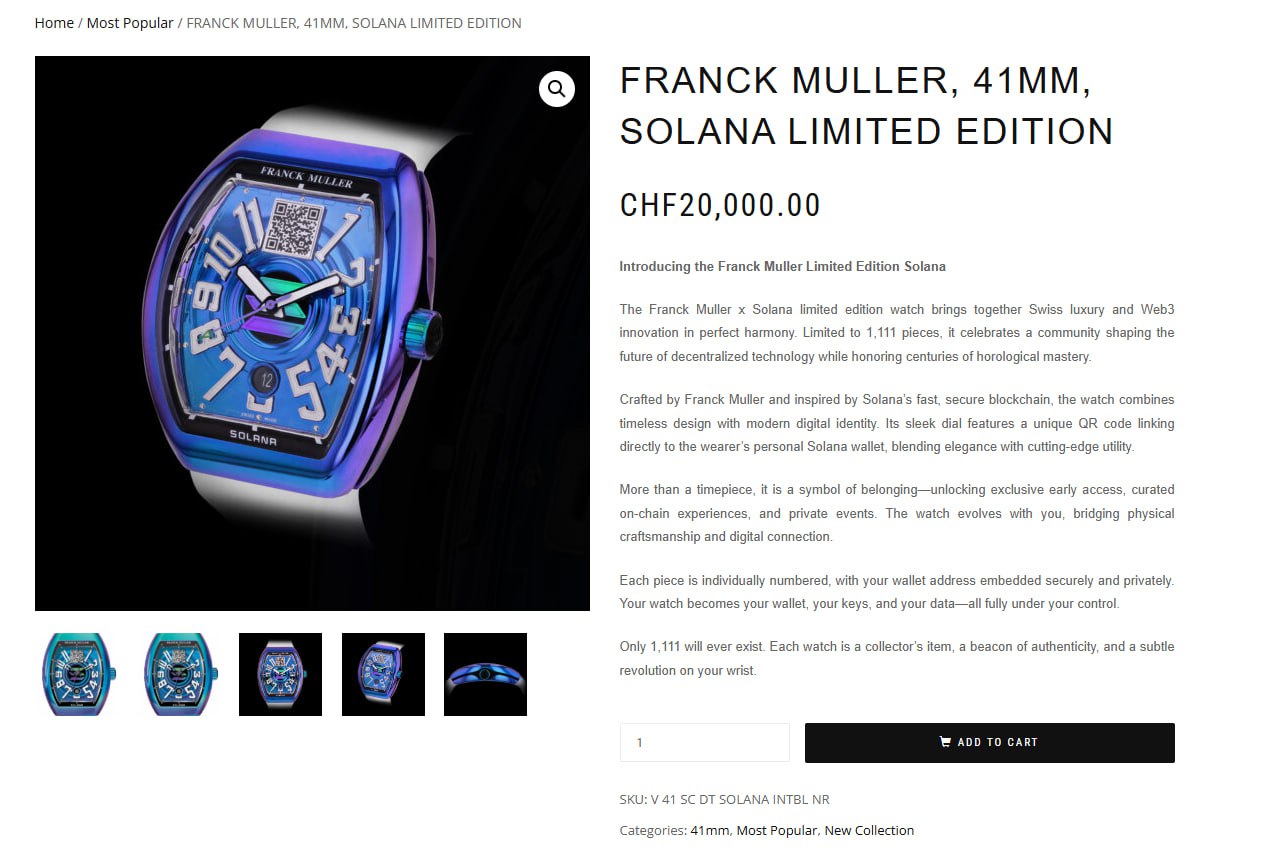Примерили в ROLEX — заказали в JETSET 👌🏻
В бутиках листы ожидания, скудный выбор и оверпрайс, а в JetSet
Rolex, Patek и другие топовые бренды — без очередей и по более выгодной цене.
JetSet — это:
• криптомаркетплейс, где все в наличии и без ожидания
• только оригиналы с сертификатами подлинности
• редкие коллекционные модели, которые только растут в цене
• оплата в USDT
• безопасная доставка по всему миру
В JetSet представлены только топовые бренды:
• Richard Mille
• Patek Philippe
• Rolex
• Audemars Piguet
И также Cartier, Vacheron Constantin, F.P. Journe, Breguet, Franck Muller, Jacob & Co. А ещё — Hermès, Goyard и Graff 💎
👉 Заходите в тг-чат JetSet и следите за новинками!








